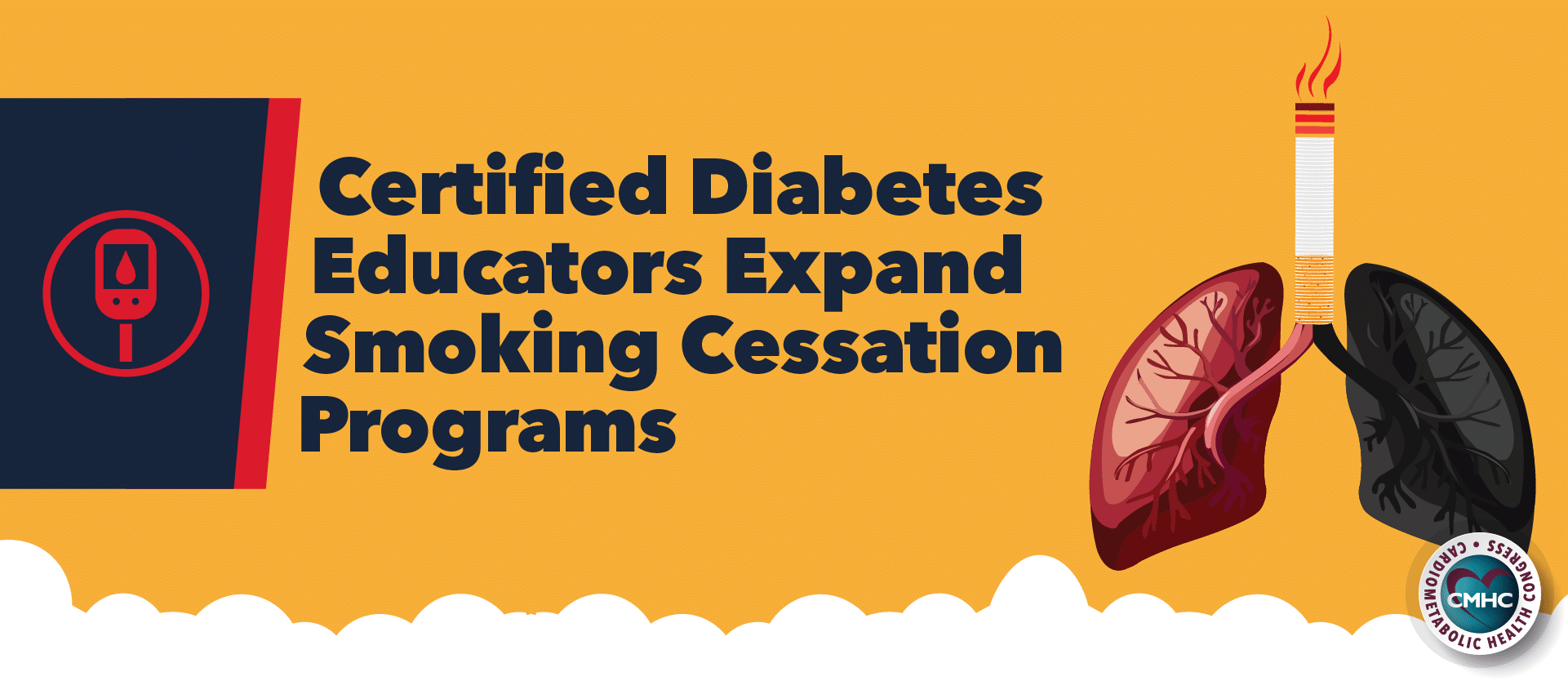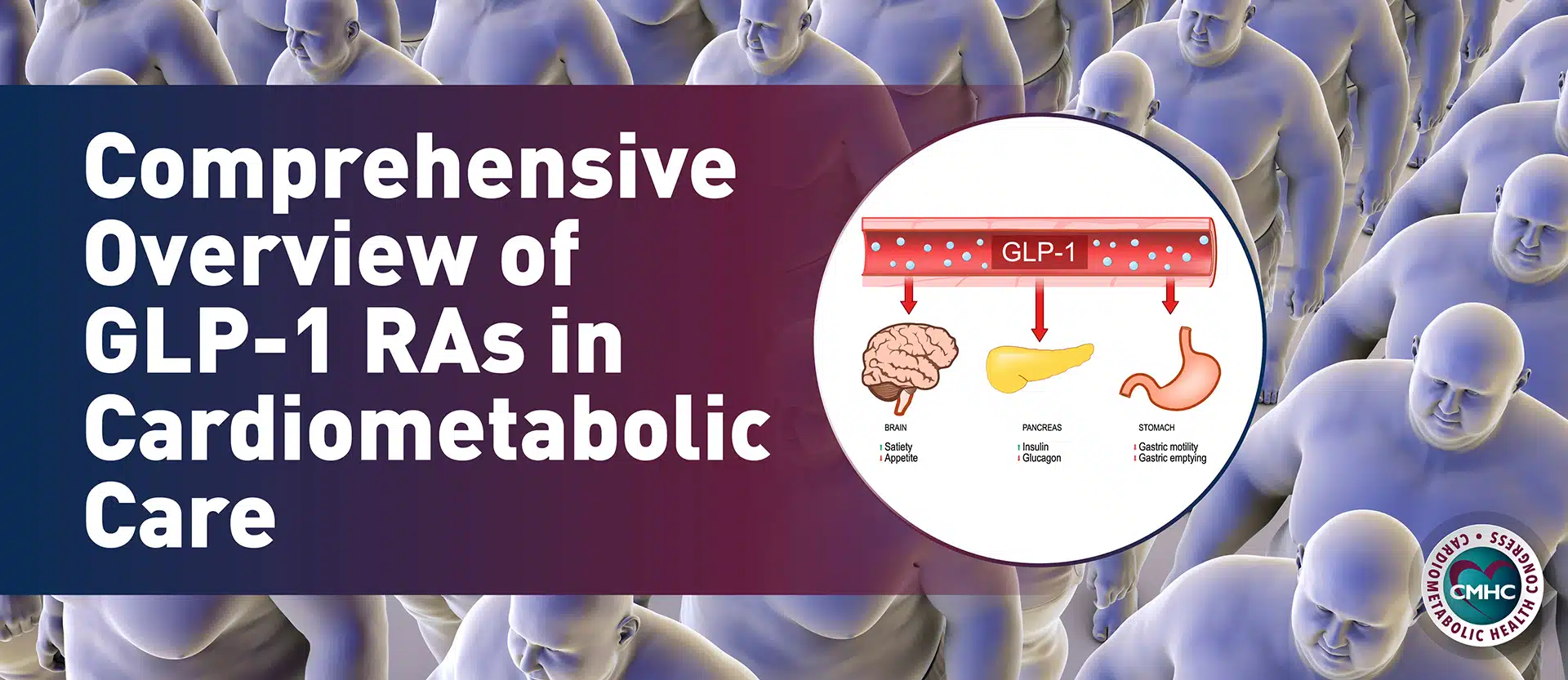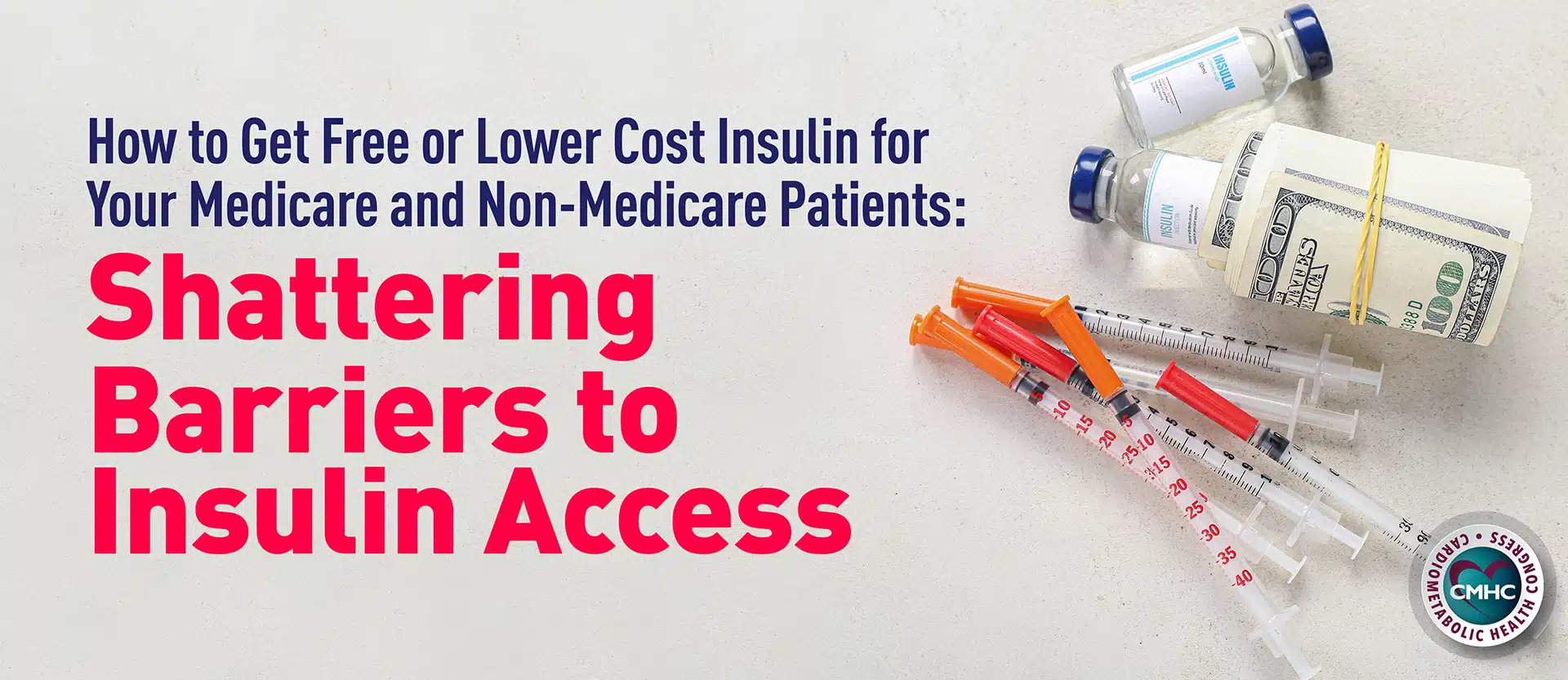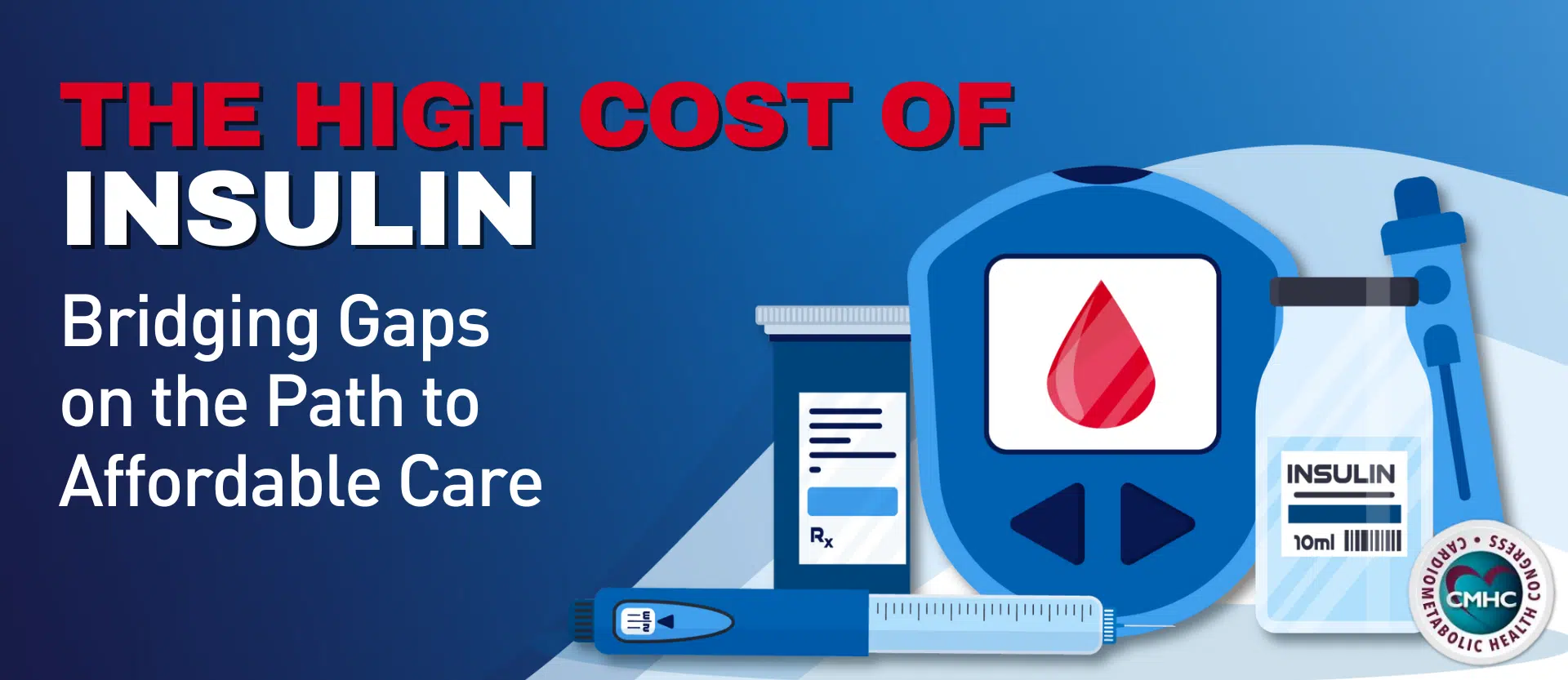Although the noxious effects of smoking are well-known and rates of tobacco users are declining, an estimated 38 million American adults still smoke cigarettes. The deleterious consequences of cigarette use are especially evident in the cardiometabolic field, with smokers facing significantly increased risks of cardiovascular disease, hypertension, and diabetes. Not only are smokers 30% to 40% more likely to develop diabetes than nonsmokers, but they also have an increased likelihood of difficulties with insulin dosing and disease management. Despite the critical need for personalized smoking cessation services and their tremendous importance, such programs are lacking within many health systems.
As a result, patients often lack the support needed to help them quit smoking despite experiencing serious health complications. To determine the success of personalized smoking cessation programs and encourage their implementation, researchers have begun investigating cost-effective strategies to help patients quit smoking. Certified diabetes educator at the Diabetes and Cardiovascular Alliance at Mount Sinai Hospital, Deborah Rosenberg, MS, RD, CND, CDE, and her team developed a smoking cessation program which utilized cross-trained CDEs as smoking cessation coaches. Training CDEs – who are already embedded across the network and experts in health behavior change – to serve as health coaches may prove more efficient and feasible than implementing a program from the ground up.
Utilizing Certified Diabetes Educators to Manage Smoking Cessation
In Rosenberg’s recent trial, perioperative adults with diabetes made unplanned attempts to quit smoking after enrolling in a smoking cessation program led by CDEs. According to data presented at the American Diabetes Association Scientific Sessions, over half of the participants reported reduced smoking after attending the program.
To assess the efficacy of CDE-led smoking cessation programs, Rosenberg and colleagues evaluated data from 25 perioperative long-term smokers (78% at least 20 years) with diabetes who reported at least one previous attempt at quitting. The initial patient cohort was selected due to its likelihood to quit smoking to improve surgical outcomes. The mean age of participants was 62 years, 70% were white, and 57% had attempted to quit between one and four times. As part of the program, patients met with a CDE health coach – trained via WebEx lectures and by a Mount Sinai pulmonologist or tobacco treatment specialist – either in-person or over the phone, while the majority of follow-ups were conducted via telehealth. Each patient was presented with multiple cessation strategies, received customized behavioral or pharmacologic support based on their chosen therapy, and was given the option to continue the program post-surgery.
Upon completion of the program, Rosenberg and colleagues found that 88% of enrolled patients made an unplanned attempt to quit smoking with a prescription medication or nicotine replacement therapy (47% used combination therapy) – 60% attempted to quit gradually, while 32% quit abruptly. Within the cohort, 52% reported reduced smoking, 35% were smoke-free, and 13% reported no change.
From the provider perspective, the eight CDEs who had participated reported increased job satisfaction by operating at the top of their licenses as well as learning a new treatment area. Both patient and provider feedback was strikingly positive although, part of the program’s success may be due to the nature of the patient cohort. Perioperative patients tend to be nervous or anxious about their health before undergoing surgery and are motivated to make behavioral changes, according to Rosenberg.
Recent data from the Mount Sinai Hospital trial underscores the beneficial impact of internal, personalized smoking cessation programs for perioperative patients with diabetes. As the feedback and results were positive, such services are planned to expand across Mount Sinai Health Systems, providing support for a larger demographic of patients across physician practices. Rosenberg’s findings help to encourage the use of certified diabetes educators as an internal resource for the expansion of smoking cessation programs, especially within health systems which lack the necessary resources.


















